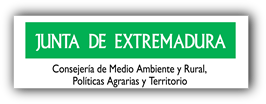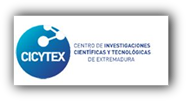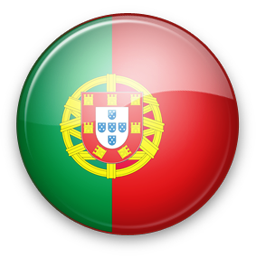

LIFE 10 NAT/ES/000582
Lucha contra las especies invasoras en las cuencas hidrográficas de los ríos Tajo y Guadiana en la Península Ibérica
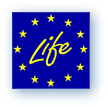
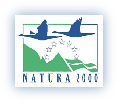

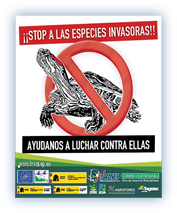


Beneficiario Coordinador
Cofinanciador
Beneficiario Asociados


Colaboradores
© 2017 Consejería de Medio Ambiente y Rural, Políticas
Agrarias y Territorio - DG Medio Ambiente - GPEX
Con la contribución del instrumento financiero LIFE de la Unión Europea
Agrarias y Territorio - DG Medio Ambiente - GPEX
Con la contribución del instrumento financiero LIFE de la Unión Europea
Other languages

When talking about biological invasions, there is always a reference to the process through which an alien species is introduced, naturalized, and spreads outside its known natural range. This process has been taking place since the beginning of migrations in the Neolithic Age. The slow pace of this invasions let the recepient native ecosystem adapt to the new species easily, and maintain its natural balance obtained throughout evolution. However, the growth of trade, the increase in human migrations, and the damage to ecosystems have stepped up the bioinvasions process around the world.

Keeping exotic animals is another important vector for the introduction of alien invasive species. Problems arise when these species grow up and present new attention and space conditions to be met by their owners, who are not always able to carry out this task. Thre is a point at which these species are no longer seen as pets and they are released into nature, which owners usually think to be good for the animal. On the contrary, these species could become invasive, such as the slider turtle (Trachemys scripta), the monk parakeet (Myiopsitta monachus), or the racoon (Procyon lotor).
As regards the main present-day vectors for introduction of invasive species, we must only consider activities involving the transport and movement of these species around the world. Therefore, main vectors are: trade, recreational fishing or hunting, keeping pets, gardening, or agriculture. This gives us a general idea on the amount of species that are probably introduced in our ecosystems on a daily basis. For example, shipping is responsible for the daily introduction of 7,000 - 10,000 new species around the world. Scientists Carlton and Geller found 317 species of organisms in the ballast water of a Japanese cargo vessel docked in the Pacific coast of the USA. These activities, together with the opening of canals for maritime transport, such as the Panama and Suez Canals, allow species to arrive in a new bio-geographical region in just one day, whereas the natural process would take around 5,000 years.
Invasive species are also responsible for serious economic and social impact. The main effects on the economy of countries are losses to agricultural and forest crops (caused by the apple snail, PWN, etc); reduction in the quality and quantity of extractive activities (shellfishing, fishing, etc.); destruction of stored material (mainly by rodents), damage to infrastructures because of blocked channelling, foundations, etc. (zebra mussel, Asian clam, ailanthus, etc.), and also disposal costs. These latter ones will vary depending on the country, number of species involved, and the years this problem has been present in that particular place. This way, it has been estimated that the USA lose around 137 billions annually because of the problem of alien invasive species, together with control costs (Pimentel et al., 2000). Annual costs for the same problem in the European Union reach 12, 000 million €, whereas costs in water hyacinth control reached 22 million € between 2005 and 2011. These amounts will probably increase if appropriate measures are not taken accordingly in the coming years.
O
Racoon: carrier of the rabies, canine distemper, cat and dog parvovirus, adenovirus, and the Aujeszky's desease. It is also a host species for deseases such as trypanosomiasis, coccidiosis, and toxoplasmosis; the intestinal worm; Baylisascaris procyonis, which causes severe encephalitis that could kill humans.
O
American mink: transmitter of the Aleutian Disease Virus (ADV), which can kill other mustelids.
O
Slider turtle: they may transmit Salmonellosis to humans.
O
Crayfish: carrier of the Afanomicosis (Aphanomyces astaci fungus).
O
Tiger mosquito: vector of, at least, 22 viruses such as dengue.
O
Giant hogweed: it causes alergies, irritation, and skin burns.
■
Shifts in the location of native species because of the competition over resources such as habitat, nourishment, solar radiation areas, breeding sites, etc.
■
Predation on native species, some of them becoming extinct.
■
Hybridization takes place, causing the loss of genetic diversity.
■
Desease transmission. Many species carry deseases and parasites, causing the decline in the number of native species, or their extinction.
■
Changes in ecosystem conditions, and also in the ecological balance.
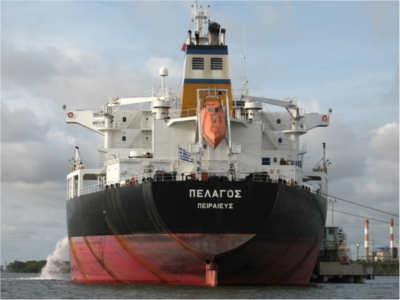
Carguero soltando lastre
The introduction of invasive species has not always taken place in a deliverate way. Sometimes it has been untentional, it having a particular objective such as food production, forest resources, soil improvement, gardening, aquaculture, fur farms, pets, biological control, and hunting or fishing. Some other times, it has been an incidental introduction in which the species is introduced unintenionally through different ways such as means of transport (attached to their surface, ballast water, etc.), goods (wood, seeds, ornamental plants, food), or illnesses in tourists or animals. However, the man is responsible for the introduction of some important invasive species like the European rabbit (Oryctolagus cunniculus) in Australia, the Nile perch (Lates niloticus) in Lake Victoria (Africa), or several species in Extremadura such as crayfish, Black-bass, pike-perch, catfish, Wels catfish, pumpkinseed, mosquitofish, etc.
Bioinvasions have an outstanding impact on environment, economy, and society, they not only cause a simple and obvious environmental damage. The introduction of a new alien invasive species into a particular ecosystem has an environmental impact on both native species and habitats, due to the fact that these species adapt to their new ecosystem, out of the process of natural selection. Depending on both the invasive and the recipient species present in that ecosystem, there will be a series of impacts, among which the most common ones are the following:
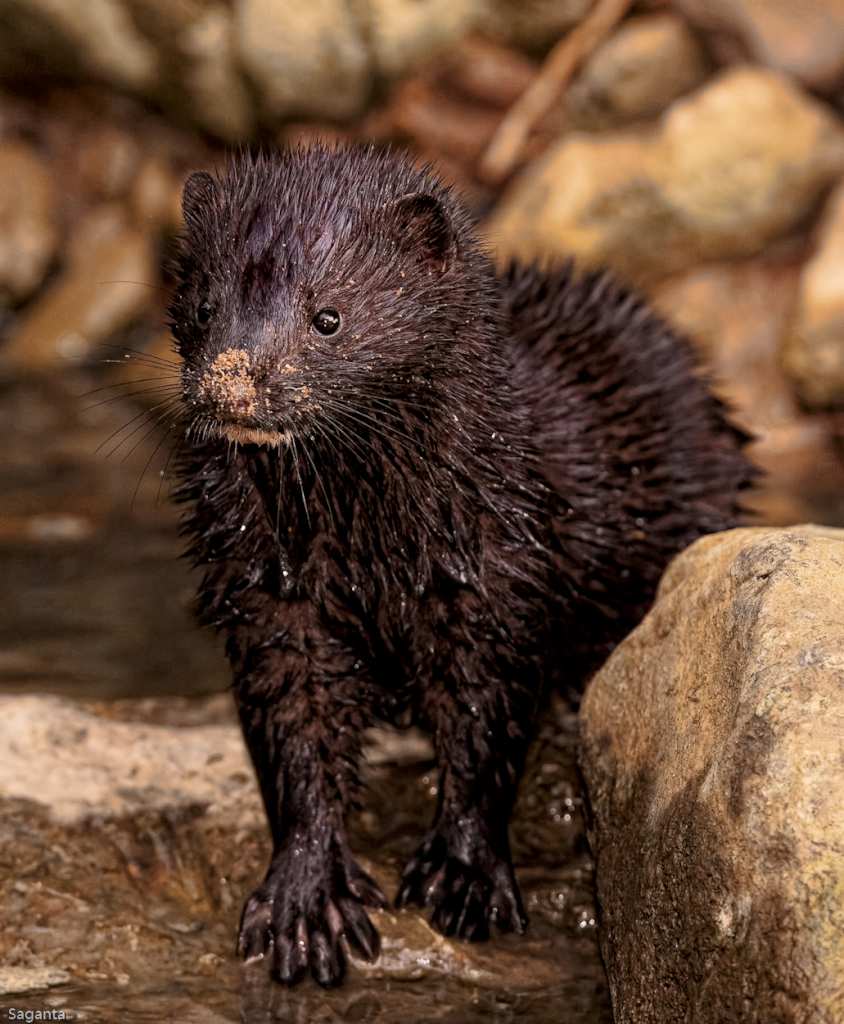
Visón americano- © L Paco Gómez
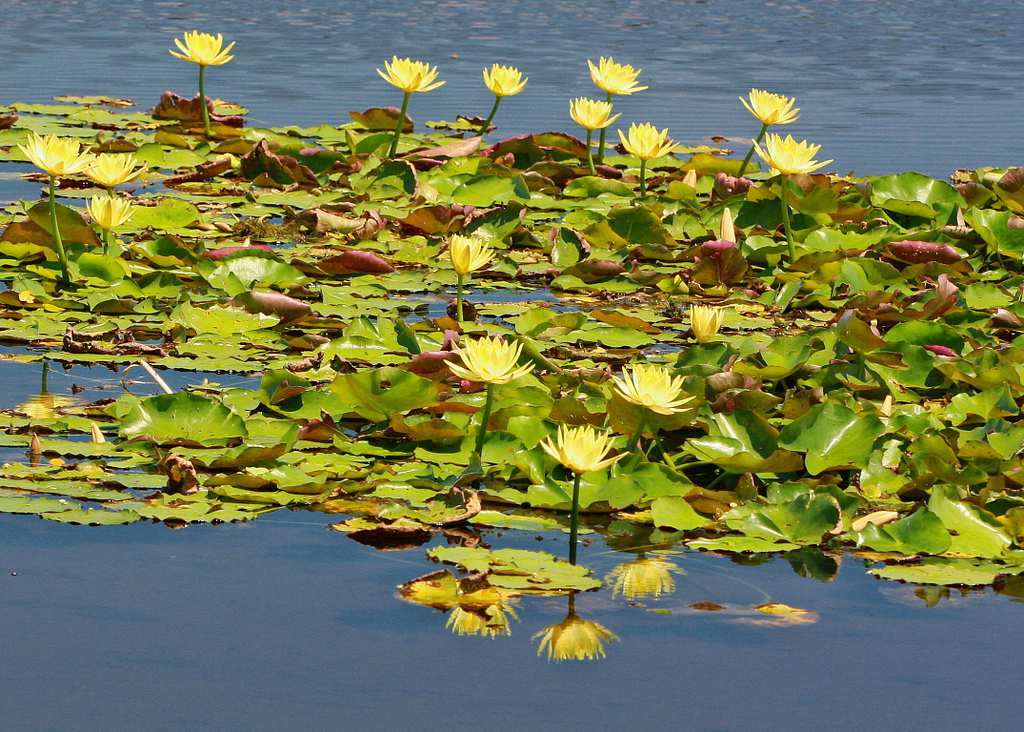
Nenúfar mejicano - © Mary Keim
Regarding the impact invasive species have on society, a series of consequences can be observed such as changes in leisure habits (sailing, native species fishing, etc.), the displacement of local population (as in Lake Victoria after the introduction of the Nile Perch), or a high impoverishment caused by the decrease of resources. Health problems are also of extreme importance to us, since invasive species might be carriers of deseases and parasites; or they might even be illnesses or parasites themselves. Centuries ago, in the 16th century, 30% of the European population were killed by the plague, which was carried by the brown and the black rat from Southeastern Asia. The smallpox, which originated in the Mediterranean countries, spread worlwide killing two thirds of the American indigenous population in that same century. The same illness killed 2 million people in Europe in the mid-twentieth century.
Nowadays, there are other species that can spread diseases to native species and humans:
Nowadays, there are other species that can spread diseases to native species and humans:
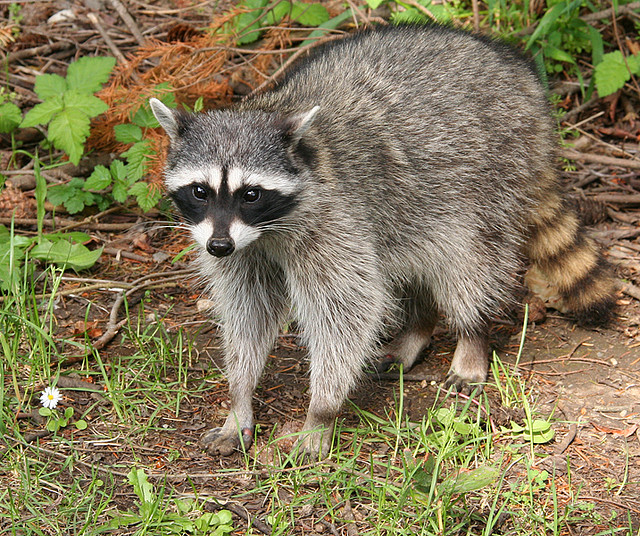
Mapache - © Lynette chirnming

